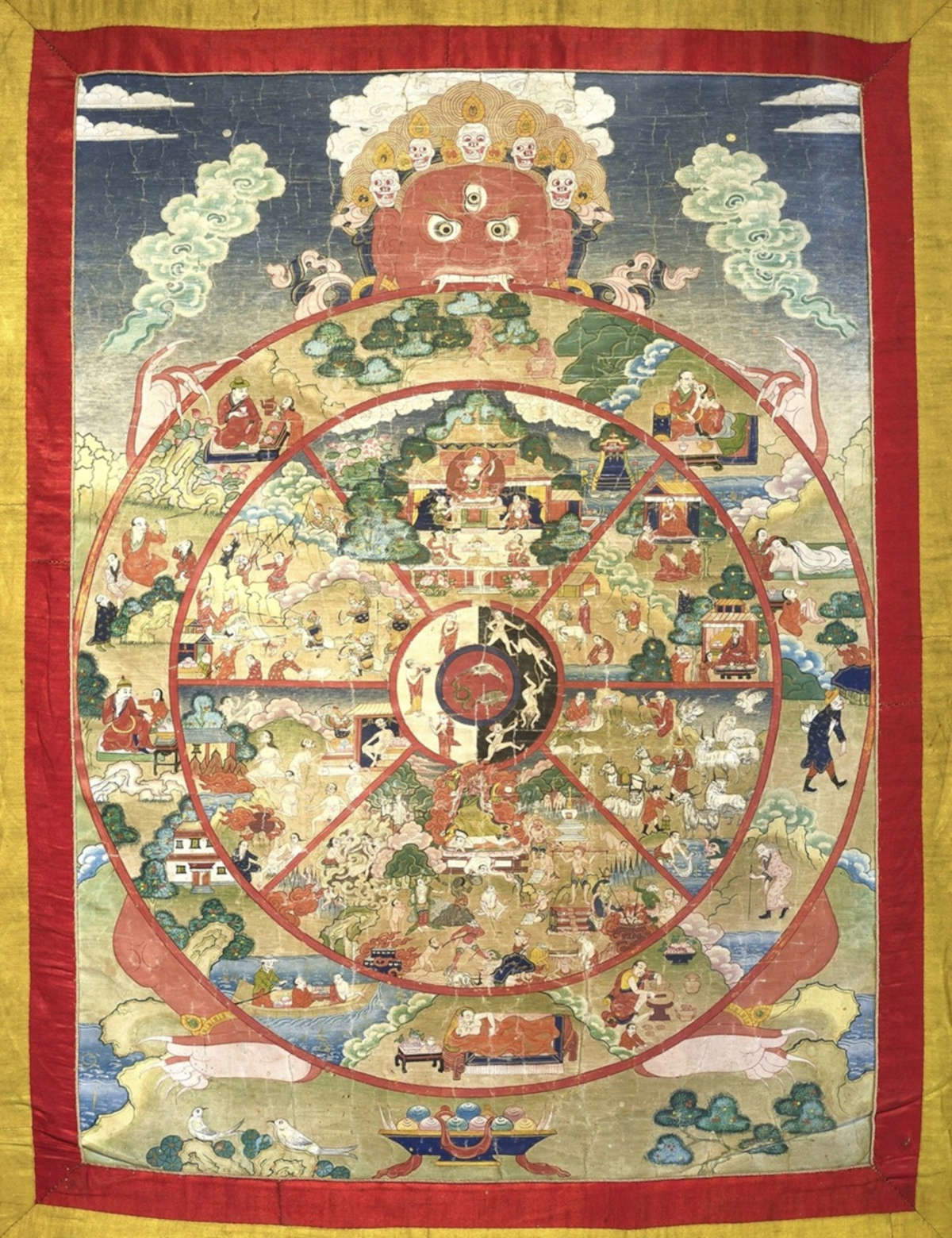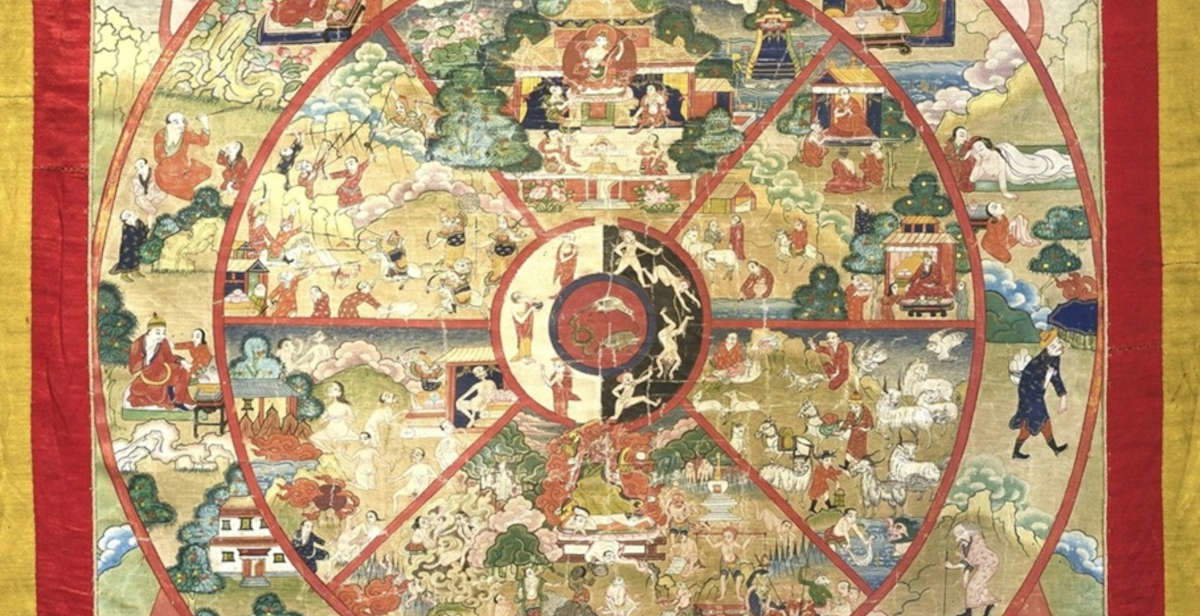Five Italian museums are virtually opening their collections toBuddhist art for an initiative that unites art history, Buddhist spirituality and the Eastern cultural heritage preserved in Italy. It was presented in recent hours Buddhist Art in Italian Museums, a project curated by Cultura UBI, the area of the Italian Buddhist Union dedicated to cultural, artistic and interdisciplinary activities related to Buddhism. The goal of the initiative is to foster a broader knowledge of Buddhist artworks housed in Italian museums through a narrative that is developed with the contribution of art historians, museum curators, scholars and Dharma teachers belonging to different traditions.
The project is translated into a series of video stories available online on the GATE portal, the official platform of the Italian Buddhist Union dedicated to cultural, in-depth and spiritual content. Each episode is built around a specific work housed in an Italian museum. A short documentary is dedicated to each of them in which the voices of experts alternate to offer, from different perspectives, a reading of the object that combines historical, iconographic, religious and experiential aspects.
The museums involved in this first cycle of the project, as anticipated, are five. The Museo delle Civiltà in Rome, the Museo d’Arte Orientale “Edoardo Chiossone” in Genoa, the Civico Museo Archeologico in Milan, the Civico Museo d’Arte Orientale in Trieste, and the MAO - Museo d’Arte Orientale in Turin. Each structure participated in the selection of the works in collaboration with their respective directors and conservators, contributing to the construction of a narrative that goes beyond simple artistic description to touch on elements of cultural and religious context.
The initiative is part of Culture UBI’s broader commitment to enhancing the relationship between Buddhism and aesthetic languages, encouraging encounters between different disciplines, experiences and worldviews. In fact, the Cultural Area of the Italian Buddhist Union is also involved in promoting exhibitions, art projects, musical and theatrical events, and activities related to the restoration and preservation of artistic heritage.
The first published episode concerns a Himalayan-era work from Nepal dating back to the 19th century. It is a thang-ka, a painting made on cloth, depicting Bhavachakra, or the “Wheel of Becoming,” a highly symbolic image in the Buddhist tradition that represents the cycle of rebirths (samsara) governed by the law of cause-and-effect (karma). The work is kept in the “Giuseppe Tucci” collection of the Museum of Civilizations in Rome, within the section dedicated to oriental art.

The narrative of this first episode is entrusted to three figures: Massimiliano A. Polichetti, curator of the Tibetan and Nepalese collections at the Roman museum; Filippo Lunardo, researcher at the Italian Institute of Oriental Studies (ISO) at La Sapienza University in Rome; and Geshe Dorje Wangchuck, Dharma teacher at the Samantabhadra Institute in Rome. Their testimonies offer an interpretive journey that crosses different domains: from the formal and historical description of the work, to its religious and symbolic function, to the transmission of meaning through personal and spiritual experience.
The Bhavachakra depicted in the thang-ka is a traditional representation of the conditioned Buddhist worldview, structured according to a complex psycho-cosmography. The image, often placed at the entrance to monasteries, is divided into sections illustrating the six realms of cyclic existence, the twelve rings of conditioned coproduction and the three roots of ignorance, greed and aversion. The presence of these elements allows the viewer to reflect on the mechanism that generates suffering and the possibility of liberation, two cardinal tenets of Buddhist thought.
Subsequent videos, to be released in the coming months, will continue to explore the collections of Oriental art in Italian museums, enhancing a heritage that is often little known to the general public. The Italian Buddhist Union, through Cultura UBI, thus intends to offer a contribution to the popularization of Buddhism in Italy also through the language of art, involving a plurality of interlocutors ranging from the academic world to the world of spirituality, passing through the curatorial and artistic spheres.
The project also takes on particular significance in view of the fact that, in many cases, Buddhist works in Italian museums arrived in Europe during the 19th and 20th centuries in contexts often related to exploratory missions, private collecting or Orientalist studies. Rediscovering and narrating these works today through the voices of Buddhist scholars and practitioners allows for the reactivation of a cultural dialogue that restores centrality to the original meaning of the images, from a perspective of respect and awareness.
“The content, style, use and ceremonial value of Buddhist works of art are for many of us shrouded in mystery; consigned to awe and exoticism,” comments Massimo Torrigiani, head of Culture Unione Buddhista Italiana. “Instead, the stories they tell are part of surprisingly rich and complex artistic and cultural universes, all waiting to be discovered. Along with the people who study the works and the places and collections that hold them. Italy has an exceptional history of relations with the East, which our broadcast wants to contribute to making known, through exemplary works, authoritative voices and unpublished perspectives, restoring their deepest meaning to the works and the journeys that brought them to us.”
 |
| Five Italian museums chronicle Buddhist art with art historians and Dharma masters |
Warning: the translation into English of the original Italian article was created using automatic tools. We undertake to review all articles, but we do not guarantee the total absence of inaccuracies in the translation due to the program. You can find the original by clicking on the ITA button. If you find any mistake,please contact us.